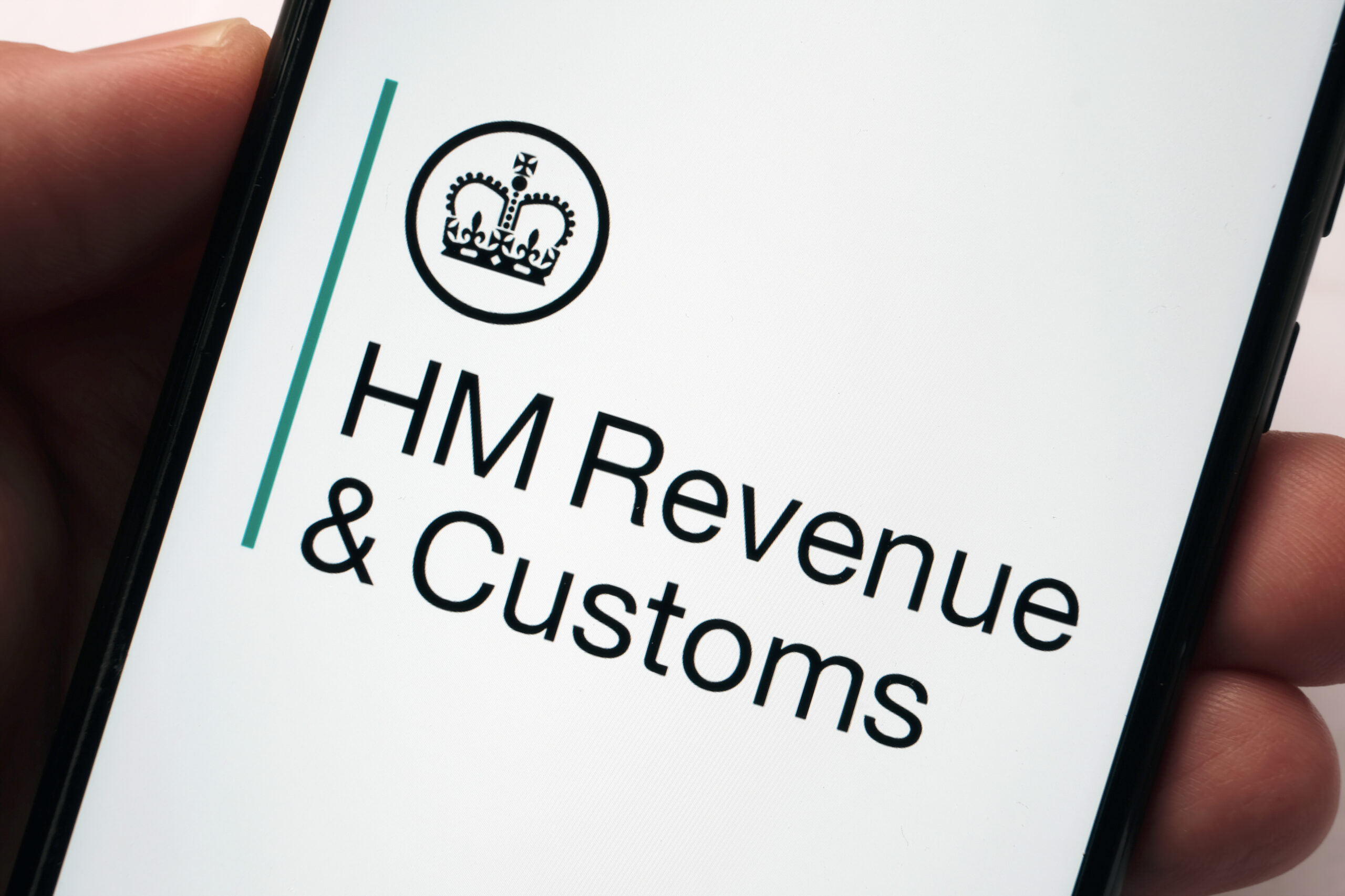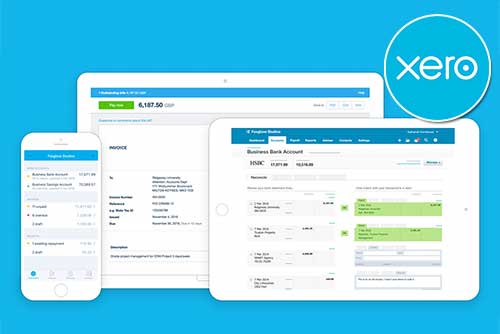How to Calculate Margin: A Comprehensive Guide
Understanding how to calculate margin is essential for businesses of all sizes. Margin calculation is crucial for determining profitability, setting prices, and making informed decisions about product offerings.
In this comprehensive guide, we’ll delve into the concept of margin, explore different types of margins, and how to calculate them.
What Is a Profit Margin?
Margin is a financial metric that represents the difference between revenue and the associated costs of goods sold (COGS). It is typically expressed as a percentage and is a key indicator of a company’s profitability. Essentially, margin reflects how much of each pound in revenue remains after accounting for the costs of producing goods or services.
Types of Profit Margin and How to Calculate Them
Gross Profit Margin
Gross profit margin is a measure of a company’s efficiency at converting raw materials and labour into products or services and selling them directly to consumers. This margin is a percentage that tells us how much profit a company makes for each pound of sales, after accounting for direct costs to produce the goods or services sold.
The formula for calculating gross profit margin is:
Gross Profit Margin = (Revenue – COGS/ Revenue) x 100
The gross profit margin is a useful tool for companies to determine pricing strategies for their products or services. If the gross profit margin is low, it might indicate that the company needs to increase its prices to make selling the product or service worthwhile.
Operating Profit Margin
Operating profit margin provides a more comprehensive view of a company’s profitability by considering both the cost of goods sold (COGS) and operating expenses.
The formula for calculating operating profit margin is:
Operating Profit Margin = (Operating Income/ Revenue) x 100
This margin is particularly useful as it includes costs such as rent and office supplies, which are not directly related to the production of goods but are essential for running the business.
Net Profit Margin
This is the most comprehensive measure, accounting for all expenses, taxes, and interest. It reflects the overall profitability of a company after all expenses have been deducted from revenues.
The net profit margin is calculated using the following formula:
Net Profit Margin = (Net Income/ Revenue) x 100
A low net profit margin indicates a higher risk that a decline in sales will erase profits and result in a net loss.
How to Calculate Profit Margin in Excel
Calculating profit margin in Excel is a straightforward process that can be accomplished in a few simple steps:
- Open a new Excel spreadsheet and label the first column as ‘Revenue’, the second as ‘COGS’ (Cost of Goods Sold), and the third as ‘Profit’.
- Input your revenue figures in the first column and the COGS in the second column.
- In the third column, input the formula for calculating profit. This is done by subtracting the COGS from the revenue. For instance, if your revenue and COGS are in cells A2 and B2 respectively, the formula for cell C2 would be ‘=A2-B2’.
- Create a fourth column labelled ‘Profit Margin’. In this column, input the formula for calculating profit margin. This is done by dividing the profit by the revenue and then multiplying by 100. For instance, if your profit is in cell C2 and your revenue is in cell A2, the formula for cell D2 would be ‘=(C2/A2)*100’.
- Repeat these steps for all your data points. Excel will automatically calculate the profit and profit margin for each data point.
- Once you’ve input all your data and formulas, you can use Excel’s built-in functions to calculate the average profit margin, the highest profit margin, the lowest profit margin, and other useful statistics.
What Is a Good Profit Margin?
A “good” profit margin varies depending on industry norms, company objectives, and cost structures, but it generally denotes a level of profitability that allows a company to cover its operating expenses, generate adequate returns on investment, and remain competitive within its sector.
The Benefits of Calculating Margin
- Insight into Profitability: Margin calculation provides a clear picture of a company’s profitability by revealing how much of each pound in revenue translates into profit after accounting for costs. This insight allows businesses to assess their financial health accurately and identify areas for improvement.
- Price Setting: By factoring in production costs and desired profit margins, companies can establish competitive pricing strategies that attract customers while ensuring profitability.
- Cost Control: By monitoring margins closely, companies can pinpoint areas of inefficiency and implement cost-saving measures to improve overall profitability.
- Decision Making: Whether it’s assessing the feasibility of new product launches, evaluating the profitability of different sales channels, or determining the impact of cost-cutting initiatives, margin calculations provide critical data to support informed decision-making.
- Financial Planning and Forecasting: By projecting future revenues and estimating associated costs, businesses can forecast future margins and assess the potential impact on profitability. This information is essential for budgeting, resource allocation, and long-term strategic planning.
- Investor Confidence: Clear and transparent margin calculations provide investors with valuable insights into a company’s financial health and prospects for sustainable growth.
How to Improve Profit Margin
Cost Reduction
Analyse all aspects of your operations to identify areas where costs can be reduced without sacrificing quality. This may involve renegotiating supplier contracts, optimising inventory management, streamlining production processes, or implementing efficiency improvements.
Price Optimisation
Evaluate your pricing strategy to ensure it reflects the value you provide to customers while maximising profitability. Consider segmenting your customer base and offering value-added services, premium products or services at higher price points, while also catering to price-sensitive segments with lower-priced alternatives. Consider phasing out low-margin or unprofitable products and focusing resources on those with the greatest potential for profitability.
Targeted Marketing and Sales Efforts
Invest in targeted marketing and sales efforts to attract high-value customers and encourage repeat business. Personalised marketing campaigns and upselling techniques can help maximise revenue per customer and improve overall profitability.
Operational Efficiency Improvements
Continuously look for ways to improve operational efficiency and reduce waste throughout your organisation. This may involve investing in technology, automation, or training programs to streamline processes and eliminate inefficiencies.
The Bottom Line
Mastering the art of margin calculation is paramount for businesses seeking sustainable growth and profitability. By understanding what constitutes a good profit margin and employing strategies such as cost reduction, price optimisation, targeted marketing, and operational efficiency improvements, businesses can not only enhance their margins but also fortify their competitive edge and pave the path to long-term success in today’s dynamic business landscape.





















